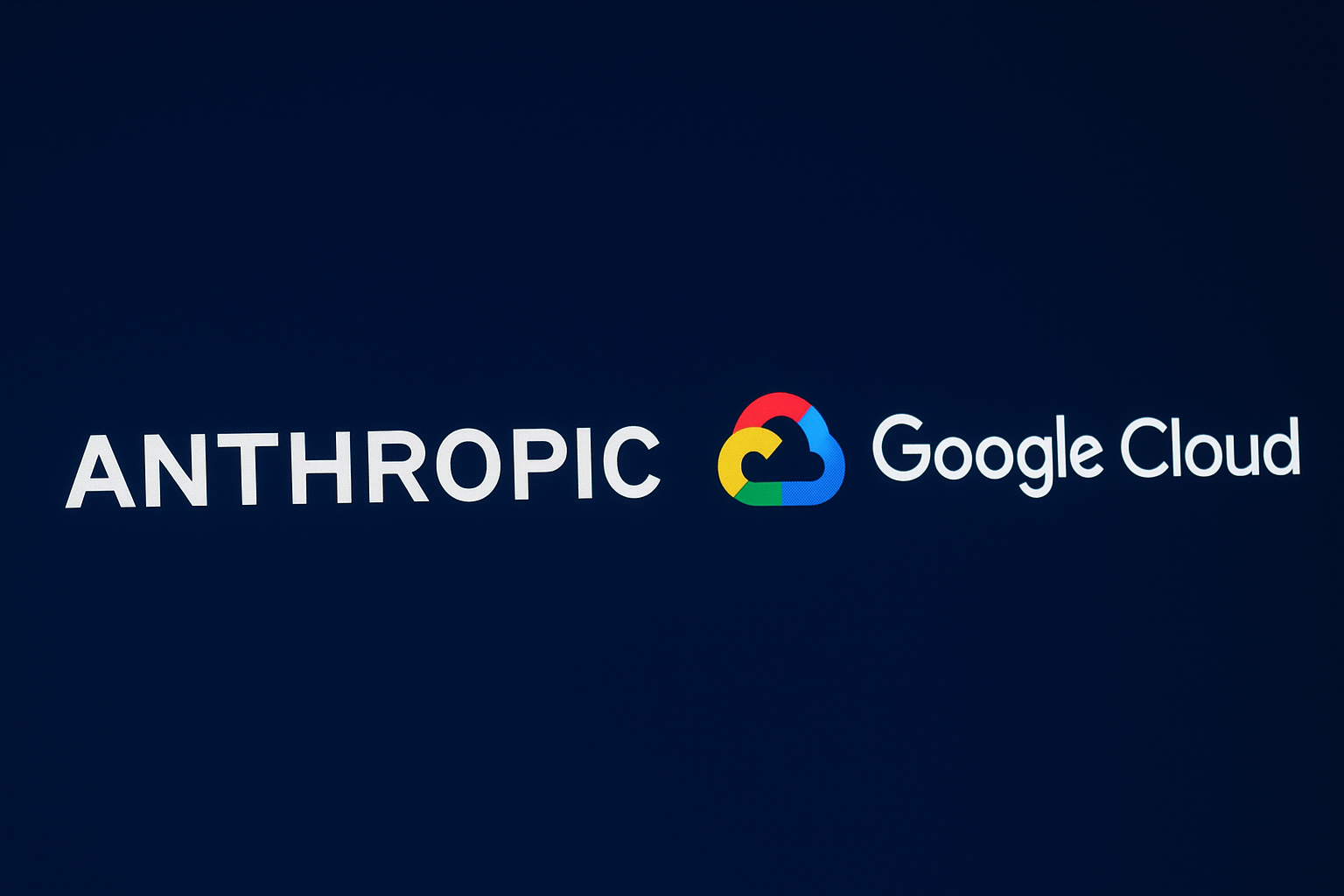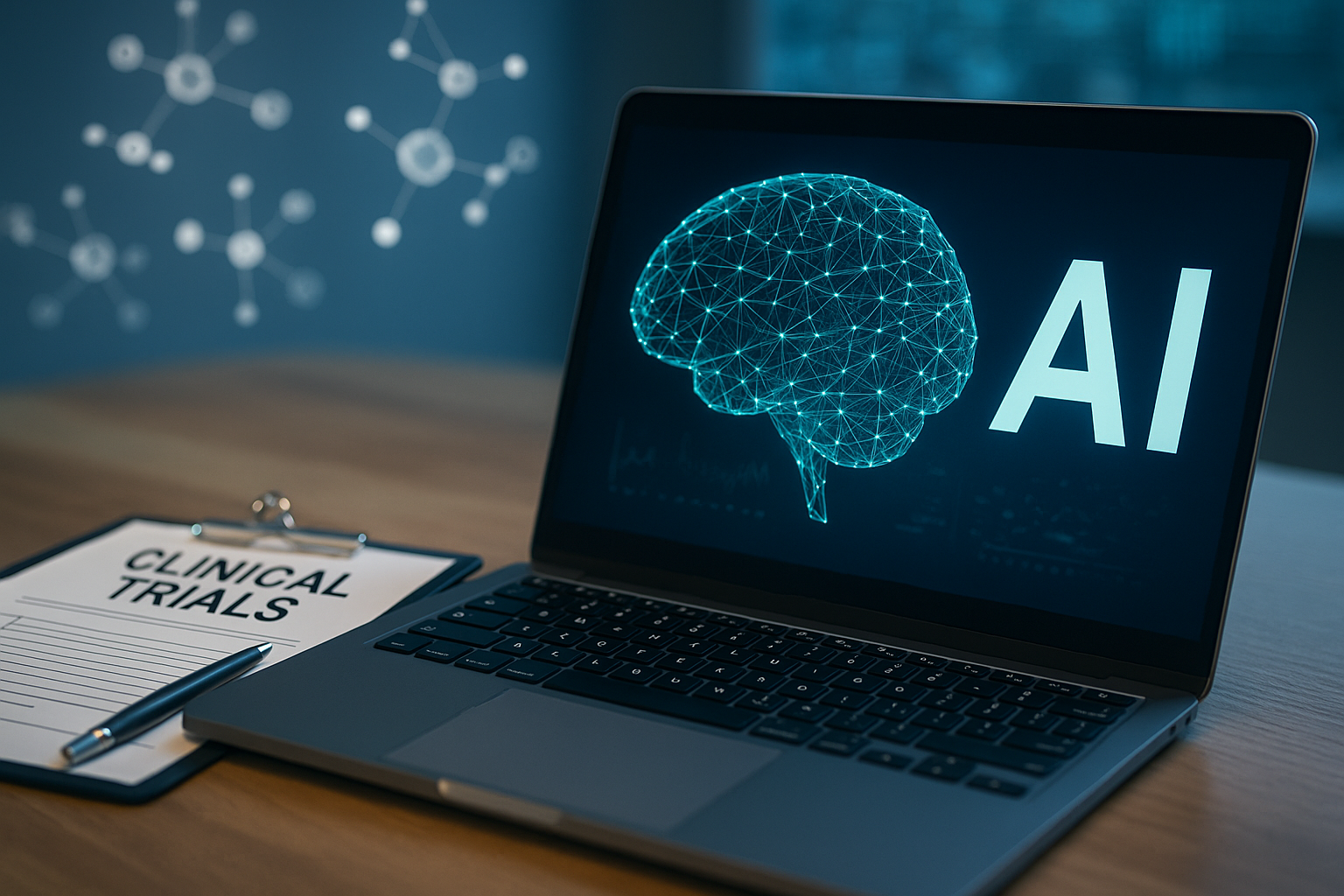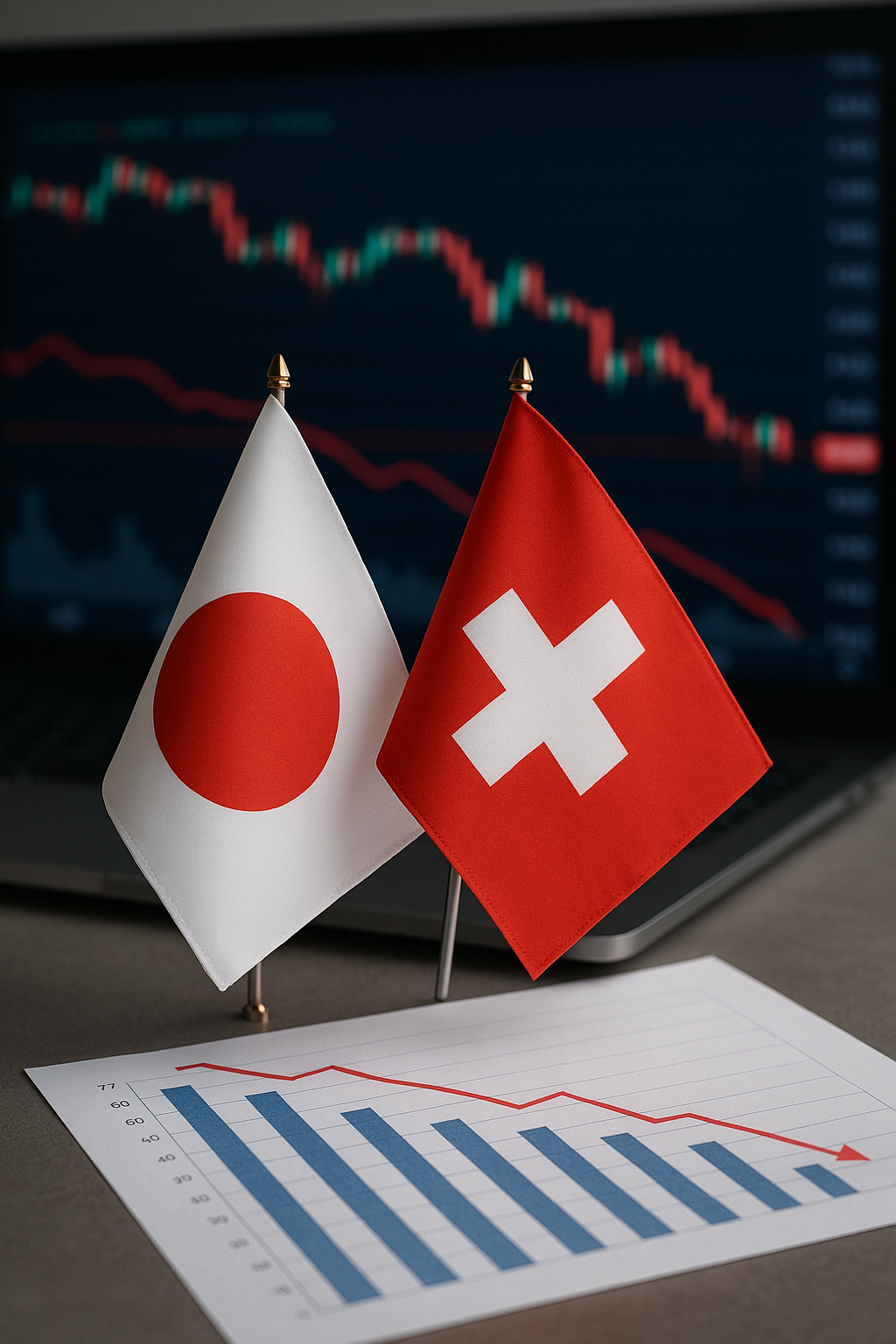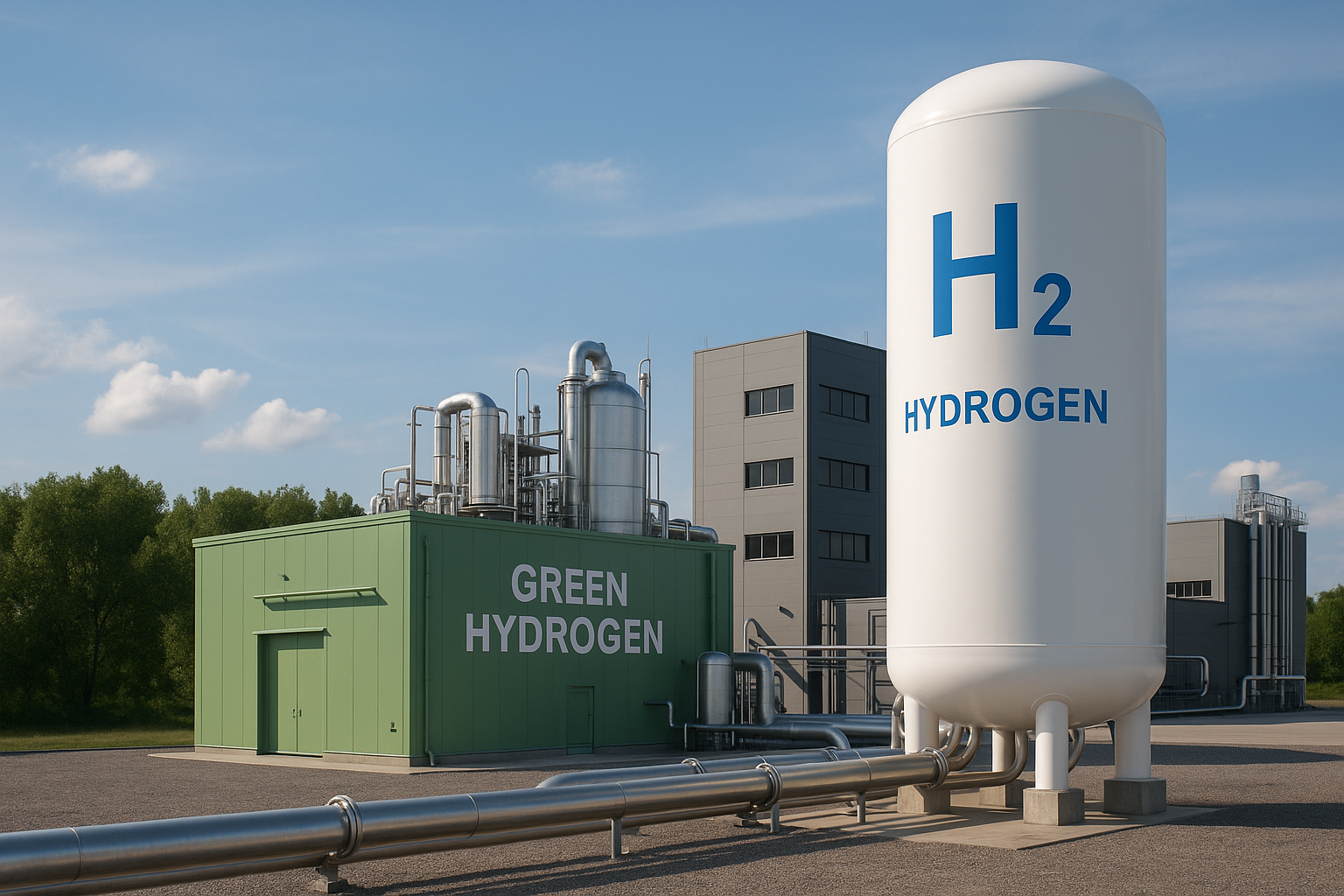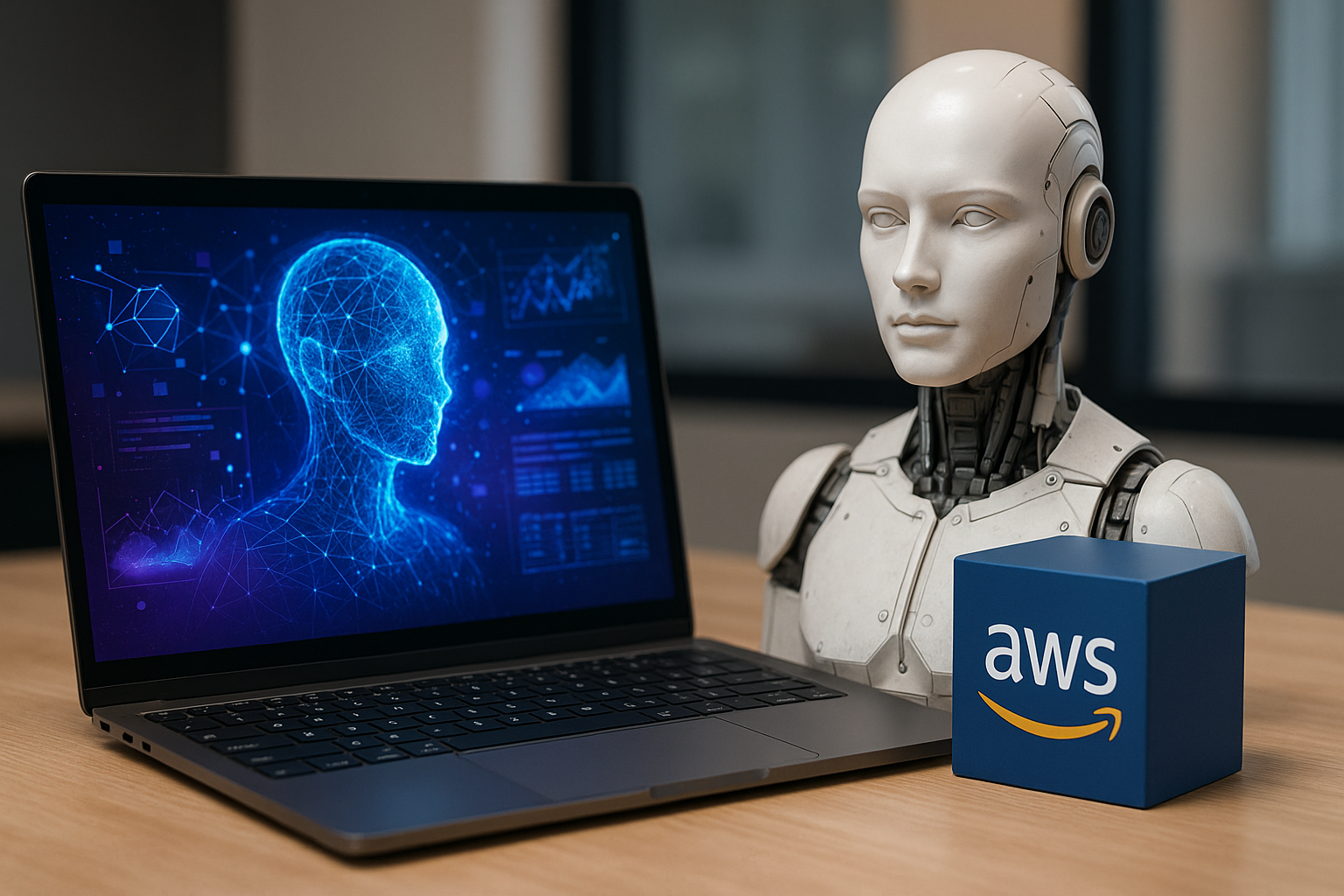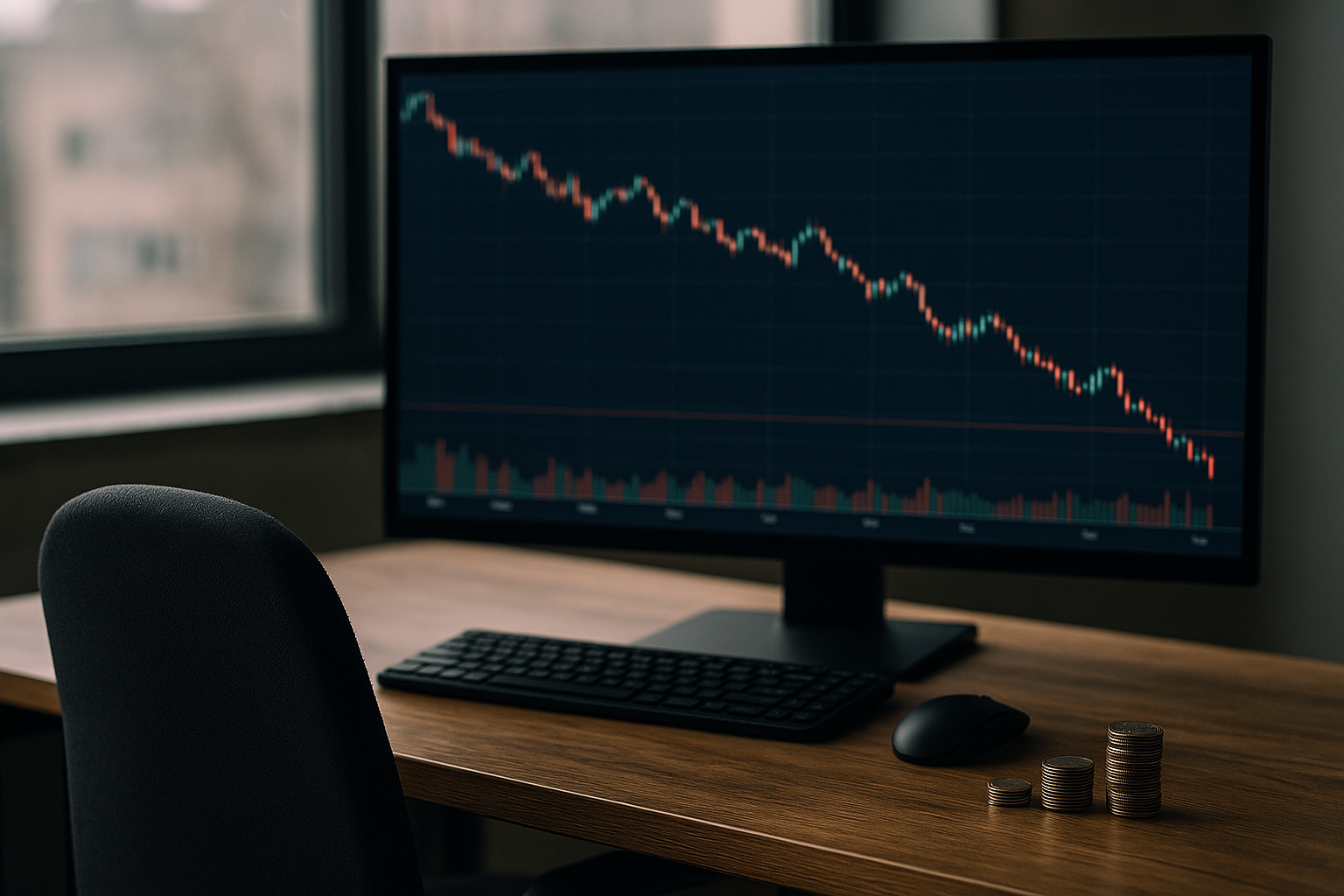The Expanding Race for AI Compute Power
The global race to dominate artificial intelligence just accelerated. Anthropic, the AI startup behind the Claude chatbot, has signed a multi-billion-dollar deal with Google Cloud to access up to one million AI-optimized chips — one of the largest infrastructure partnerships yet in the generative AI space.
The agreement, reported by Reuters, underscores how the frontier of AI innovation is now as much about compute capacity as it is about algorithms. For investors, it signals that the next phase of AI growth will hinge on access to powerful data centers, energy-efficient chips, and strategic partnerships with cloud giants.
This latest deal comes amid intensifying competition between Google, Amazon, Microsoft, and OpenAI, all of whom are investing heavily to secure the hardware and infrastructure required to scale large language models (LLMs).
AI Infrastructure Becomes the New Competitive Moat
Anthropic’s partnership with Google Cloud builds on a relationship that began in 2023, when Google invested nearly $2 billion in the company. The new arrangement gives Anthropic access to Google’s TPU v5p chips, enabling faster and more cost-efficient training of large AI models.
According to Google Cloud’s CEO Thomas Kurian, the collaboration will “help democratize access to safe and reliable generative AI systems at scale.” But beneath the rhetoric lies a strategic play: ensuring that the next generation of AI applications run on Google’s proprietary infrastructure, locking in both customers and ecosystem dominance.
Analysts at Bernstein describe the deal as part of an “AI compute arms race” — a phase where capital intensity and chip availability define leadership. Anthropic’s Claude, which competes with OpenAI’s ChatGPT and Meta’s Llama models, has become a critical benchmark for enterprise-grade AI tools, particularly in sectors like finance, healthcare, and customer service.
The scale of compute required to train these models is immense. Each new iteration of a foundation model can require tens of thousands of GPUs and consume megawatts of energy, pushing AI companies toward hyperscalers like Google, Amazon, and Microsoft for capacity and reliability.
Why This Matters for Investors
For technology investors, this move reinforces a key theme: AI is becoming a capital-heavy infrastructure business. While software innovation remains vital, the bottleneck is increasingly found in the hardware layer — where chip access, energy costs, and data center efficiency dictate who can scale profitably.
Companies like NVIDIA (NASDAQ: NVDA), Alphabet (NASDAQ: GOOGL), and Amazon (NASDAQ: AMZN) are at the heart of this transformation. NVIDIA’s GPUs remain the industry standard for model training, but Google’s TPU architecture is emerging as a viable alternative, especially for partners like Anthropic seeking customized performance.
However, investors should note that valuation risk remains high. Many AI startups are being priced on future potential rather than tangible revenue. While partnerships like Anthropic’s signal progress, profitability timelines remain uncertain.
“Investors should be cautious about assuming near-term monetization,” said Gene Munster, Managing Partner at Deepwater Asset Management. “The winners of this AI era will be those who balance innovation with access to compute and capital discipline.”
Future Trends to Watch
- AI Hardware Diversification: As demand outstrips NVIDIA’s supply, expect more companies to turn to Google TPUs, AMD MI300 chips, or custom silicon. This could redefine the semiconductor landscape.
- Cloud Consolidation: AI model developers will increasingly align with a single hyperscaler — Google, Amazon, or Microsoft — deepening vertical integration.
- Regulatory and Energy Pressure: As compute demands surge, governments are beginning to scrutinize AI’s energy use and data sourcing, potentially impacting infrastructure planning and costs.
- Enterprise Adoption Curve: The partnership strengthens Anthropic’s ability to serve enterprise AI markets, where trust, governance, and compliance drive adoption.
Key Investment Insight
The AI arms race is evolving into an infrastructure-driven contest, where companies with scalable, efficient compute access will gain an enduring edge. Investors should monitor which firms — whether hyperscalers, chipmakers, or energy providers — control the bottlenecks that enable large model training and deployment.
While optimism around AI remains justified, valuation discipline is critical. Focus on firms that are not just riding the AI wave but building the rails it runs on.
Stay Ahead with MoneyNews.Today
As AI reshapes industries from cloud computing to semiconductors, staying informed on who’s leading — and who’s catching up — is essential. Follow MoneyNews.Today for in-depth investor insights, global market trends, and daily analysis on technology’s most disruptive shifts.
